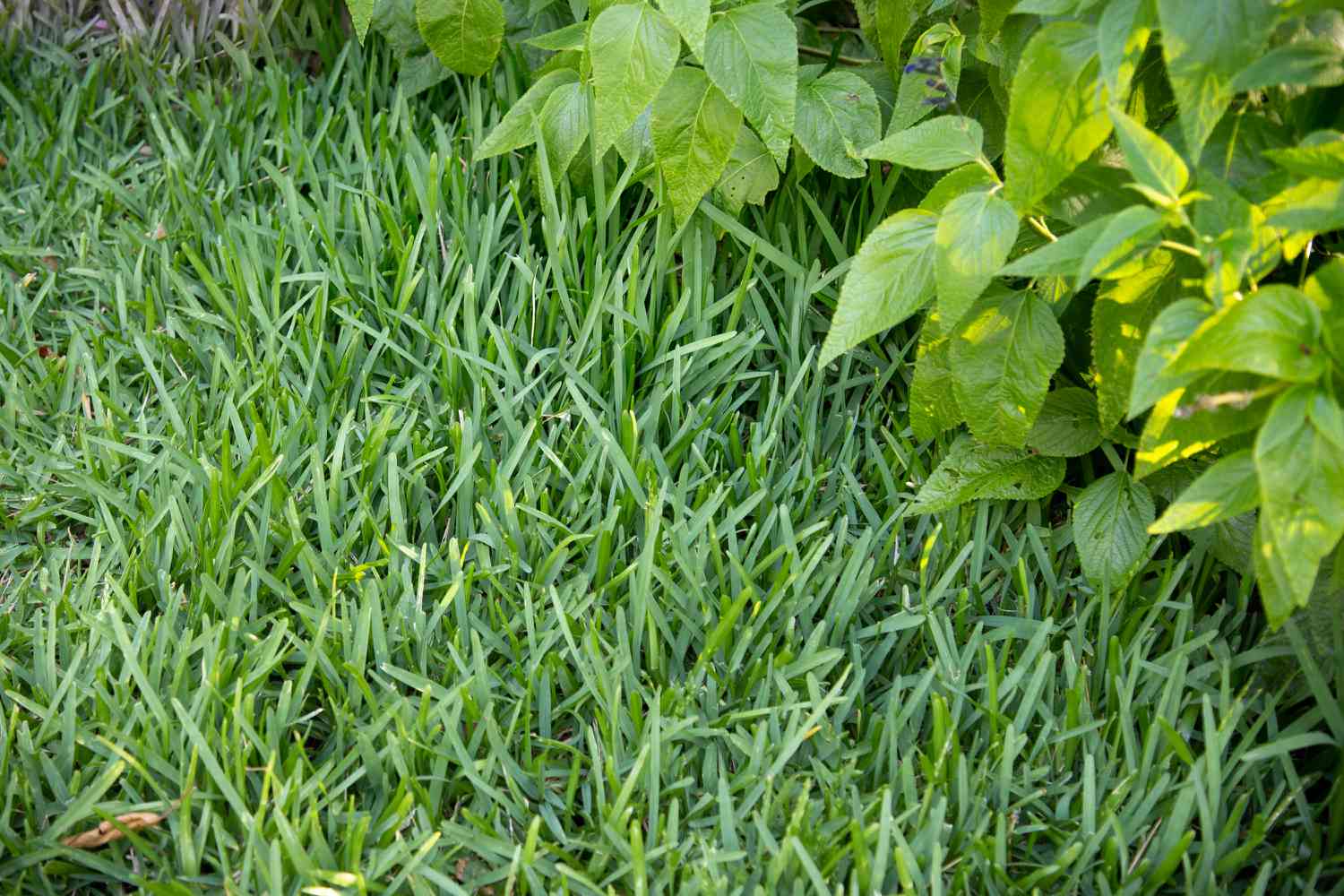Centipede grass is a popular warm-season grass that is known for its low maintenance, drought tolerance, and disease resistance. It is a great option for homeowners who want a lush, green lawn without spending too much time or money on upkeep. In this article, we will explore the benefits of growing centipede grass and provide a comprehensive guide on how to plant and care for it.
What is Centipede Grass?
Centipede grass is a low-growing, creeping grass that is native to China and Southeast Asia. It is a warm-season grass that thrives in hot, humid climates and is commonly found in the southern United States. Centipede grass is characterized by its light green color, coarse texture, and shallow root system.
Benefits of Growing Centipede Grass
Low Maintenance
Centipede grass requires minimal maintenance compared to other grass varieties. It grows slowly, which means it needs to be mowed less frequently. It also has a shallow root system, which means it requires less water and fertilizer.
Drought Tolerance
Centipede grass is drought-tolerant, which means it can survive extended periods of dry weather without needing to be watered. This makes it an excellent choice for homeowners who live in areas with water restrictions or who want to conserve water.
Disease Resistance
Centipede grass is resistant to many common lawn diseases, such as brown patch and dollar spot. This means that homeowners can avoid the cost and hassle of treating their lawn for these diseases.
Cost-Effective
Centipede grass is a cost-effective option for homeowners who want a beautiful lawn without breaking the bank. It requires less water and fertilizer than other grass varieties, which means lower utility bills and less money spent on lawn care products.
How to Plant Centipede Grass
Preparing the Soil
Before planting centipede grass, it is important to prepare the soil properly. This involves removing any weeds or debris from the area and tilling the soil to a depth of 4-6 inches. It is also recommended to add a layer of compost or other organic matter to the soil to improve its nutrient content.
Planting Centipede Grass
Centipede grass can be planted from seed, sod, or plugs. For best results, it is recommended to plant centipede grass in the spring or early summer when the soil temperature is above 70 degrees Fahrenheit. Seeds should be planted at a depth of 1/4 inch, and sod or plugs should be spaced 6-12 inches apart.
Watering and Fertilizing
After planting, it is important to water the grass thoroughly to help it establish roots. Centipede grass requires less water than other grass varieties, but it still needs to be watered regularly during dry periods. Fertilizer should be applied sparingly, as centipede grass is sensitive to high levels of nitrogen.
How to Care for Centipede Grass
Mowing
Centipede grass should be mowed to a height of 1-2 inches. It grows slowly, so it does not need to be mowed as frequently as other grass varieties. It is also important to avoid mowing the grass too short, as this can damage the root system.
Weed Control
Centipede grass is susceptible to weed infestations, so it is important to keep the lawn free of weeds. This can be done through regular mowing, hand-pulling weeds, or using an herbicide specifically formulated for centipede grass.
Fertilizing
Centipede grass requires minimal fertilizer compared to other grass varieties. It is recommended to apply a slow-release fertilizer in the spring and fall, but avoid over-fertilizing as this can damage the grass.
Conclusion
In conclusion, centipede grass is an excellent choice for homeowners who want a beautiful lawn without spending too much time or money on upkeep. Its low maintenance, drought tolerance, disease resistance, and cost-effectiveness make it a popular choice in the southern United States. By following the planting and care guidelines outlined in this article, homeowners can enjoy a lush, green lawn that will be the envy of the neighborhood.








